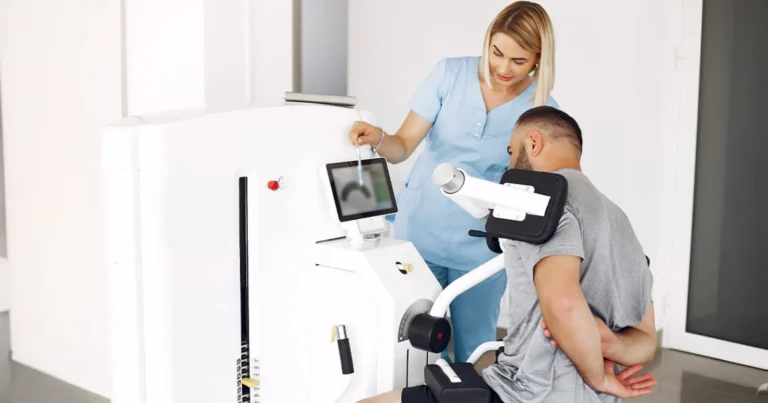Book Appointment Now

Parkinson’s Disease: Can It Be Fatal? Debunking Common Myths
Parkinson’s disease is a neurodegenerative disorder surrounded by many myths, leading to confusion and fear. A common question asked is, “Can Parkinson’s disease kill you?” The truth is that Parkinson’s itself is not usually the direct cause of death, but complications from the disease can lead to life-threatening situations. This article will address the most prevalent myths about Parkinson’s disease to clarify facts and improve understanding.
Understanding Parkinson’s Disease
Parkinson’s disease is a progressive neurological condition that primarily affects movement. It occurs when dopamine-producing neurons in the brain degenerate, leading to motor symptoms such as tremors, rigidity, and slowness of movement (bradykinesia). While the disease worsens over time, people can live for many years with Parkinson’s, especially with proper treatment and care.
Common Myths About Parkinson’s Disease
Myth 1: Parkinson’s Disease Directly Causes Death
Reality: Parkinson’s does not directly cause death. However, as the disease progresses, complications such as infections, pneumonia, and falls can contribute to a decline in health and, in some cases, be fatal.
- In advanced stages, patients may develop difficulty swallowing, increasing the risk of aspiration pneumonia.
- Balance issues can lead to falls, potentially causing severe injuries like fractures.
Myth 2: Parkinson’s Only Affects the Elderly
Reality: While more commonly diagnosed in people over 60, younger individuals can also develop the condition.
- Early-onset Parkinson’s disease can occur in people as young as 30 or even younger, though this is rare.
- Delayed diagnosis in younger people can hinder early intervention and treatment.
Myth 3: Parkinson’s Symptoms Are Only Physical
| Motor Symptoms | Non-Motor Symptoms |
|---|---|
| Tremors | Cognitive decline |
| Bradykinesia (slowness of movement) | Depression and anxiety |
| Muscle rigidity | Sleep disturbances |
| Balance issues | Digestive problems |
Myth 4: There Is No Treatment for Parkinson’s Disease
Reality: While there is no cure, various treatments can manage symptoms effectively and improve quality of life.
Treatment options include:
- Medications
- Deep Brain Stimulation (DBS)
- Physical therapy
Myth 5: Parkinson’s Always Leads to Dementia
Reality: Not all individuals with Parkinson’s will develop dementia.
- Parkinson’s disease dementia (PDD) occurs in the later stages and affects a subset of patients.
- Cognitive symptoms may arise but don’t always lead to full-blown dementia.
Myth 6: Parkinson’s Symptoms Are the Same for Everyone
Reality: The disease is highly individual, with symptoms and progression varying from person to person.
- Some patients experience more severe motor symptoms, while others may suffer more from non-motor issues.
- Treatment plans must be customized for each patient.
Myth 7: Parkinson’s Diagnosis Means the End of a Full Life
Reality: People with Parkinson’s can live active and fulfilling lives with proper treatment and support.
Key factors for living well with Parkinson’s:
- Regular exercise
- Healthy diet
- Strong support network
- Engagement in work, travel, and hobbies
- Participation in support groups and advocacy organizations
Conclusion
Addressing myths about Parkinson’s disease is essential for reducing fear and misunderstanding surrounding the condition. While Parkinson’s presents challenges, it does not define a person’s life. Early diagnosis, personalized treatment, and proper management of complications are vital for maintaining long-term health and quality of life.
For anyone affected by Parkinson’s, consulting healthcare professionals for accurate information and tailored treatment plans is crucial. The more informed we are, the better we can support individuals living with this condition.
For further reading on this topic:



